Snow as Molasses
The end of winter is upon us and although we will be happy to say goodbye to the cold and welcome warmer weather, this season’s lack of snow sparked a lot of chatter about global warming and the rapidly moving and disappearing glaciers around the world. If you’ve been following the discussions about our rapidly diminishing glaciers, the dynamics involved are hard to imagine. Two years ago, oddly fluctuating weather over a 3 week period gave us a wonderful illustration in miniature of how glaciers behave right next to our house!
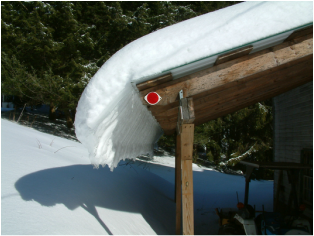
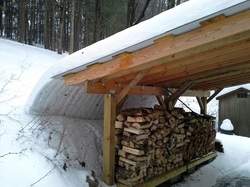
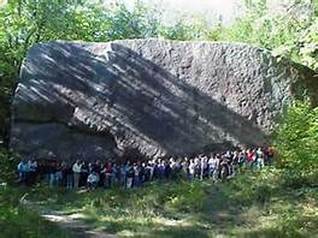
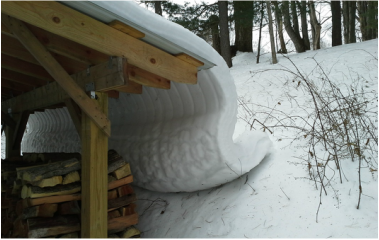
Discussions about our shrinking glaciers also mention that the ‘glacial’ pace of their marches to the sea have begun to speed up in recent years. Scientists say that as warmer temperatures on glaciers’ surfaces cause faster melting, the melt water travels through crevices to the bottom of the glaciers and then lubricates the bedrock and increases the speed of the slide down to the sea. Our little glacier demonstrated this as well. Usually the snow pack would stay on the roof, sliding so slowly that after overhanging 24 inches or so, it would break off of its own weight. But this time, warm breezes playing across the metal underside of the roof, melted the snow pack bottom enough to lubricate the slide downward so fast (a blistering pace of 3 weeks) that the pack managed to hold together long enough to touch the ground 4 feet away. With daily temperatures hovering around freezing, it slowly folded over on itself until finally breaking.
If you’d like to see a time-lapse of the process, please click the link below.
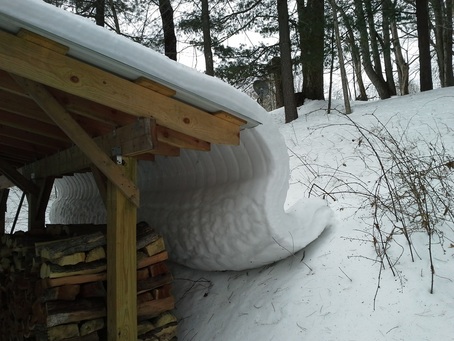
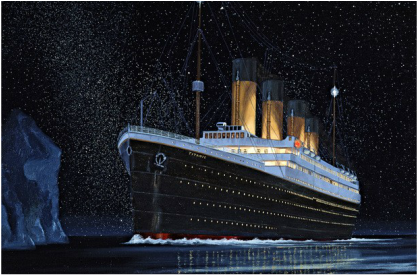
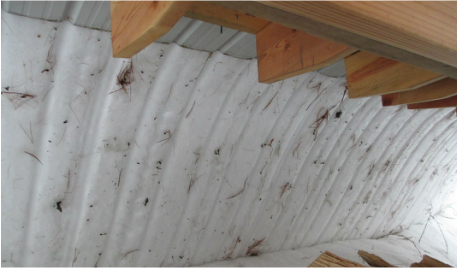
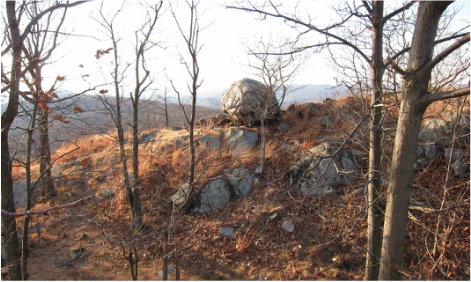
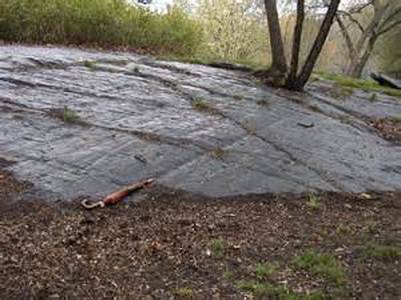
 RSS Feed
RSS Feed